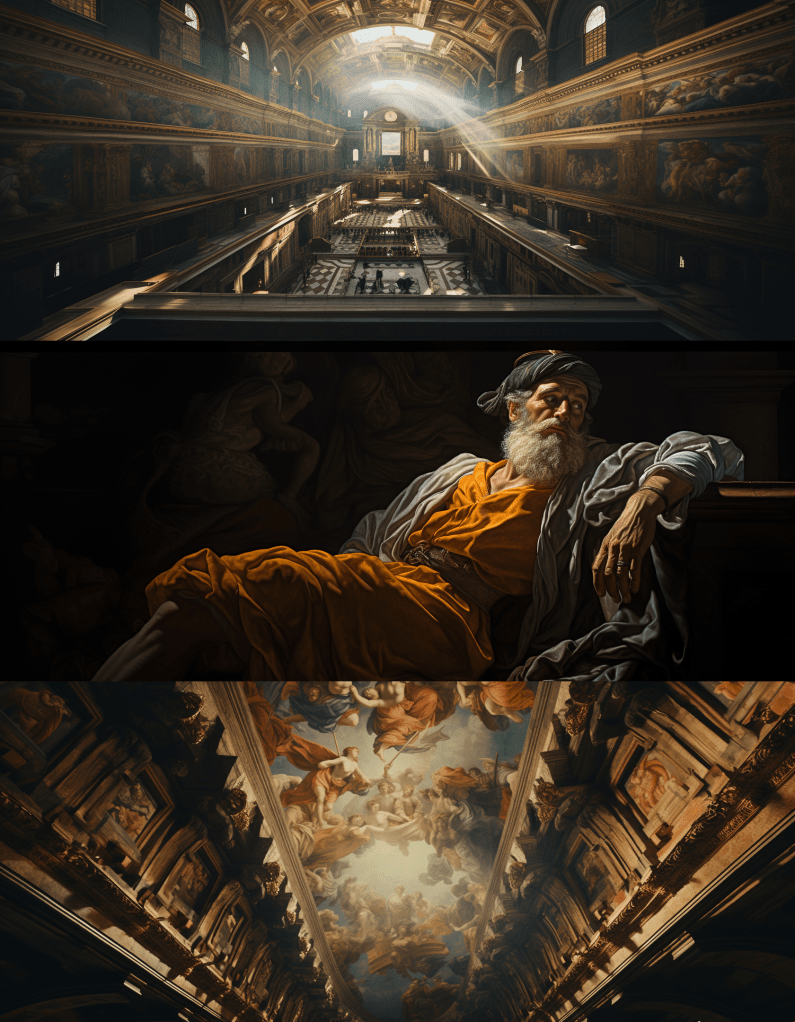On This Day, November 1, 1512, the Sistine Chapel was opened to the public, unveiling Michelangelo’s magnificent frescoes depicting scenes from “Genesis” on the chapel’s ceiling. This moment marked a pinnacle in the history of art, revealing a masterpiece that would come to be regarded as one of the greatest achievements of human creativity.
Michelangelo, already a renowned sculptor, was commissioned by Pope Julius II to paint the ceiling of the Sistine Chapel. Despite his initial reluctance, as he considered himself more a sculptor than a painter, Michelangelo accepted the commission. The work began in 1508 and took over four years to complete, during which Michelangelo painted a series of intricate and grandiose scenes from the Book of Genesis, including the iconic “Creation of Adam,” in which God and Adam’s hands nearly touch.
The frescoes on the ceiling of the Sistine Chapel are considered some of Michelangelo’s finest work. His innovative use of foreshortening and his ability to depict the human body in dynamic poses were groundbreaking. The vividness of the characters, the dramatic expressions and movements, and the overall composition reflected Michelangelo’s deep understanding of anatomy and his mastery of painting.
Michelangelo’s work on the Sistine Chapel ceiling solidified his reputation as a master of the High Renaissance. His influence on the course of Western art cannot be overstated. The Sistine Chapel ceiling continues to attract millions of visitors from around the world, serving as a testament to Michelangelo’s skill and artistic vision. The opening of the Sistine Chapel to the public on this day in 1512 revealed a work of profound beauty and ingenuity, forever altering the landscape of art.
